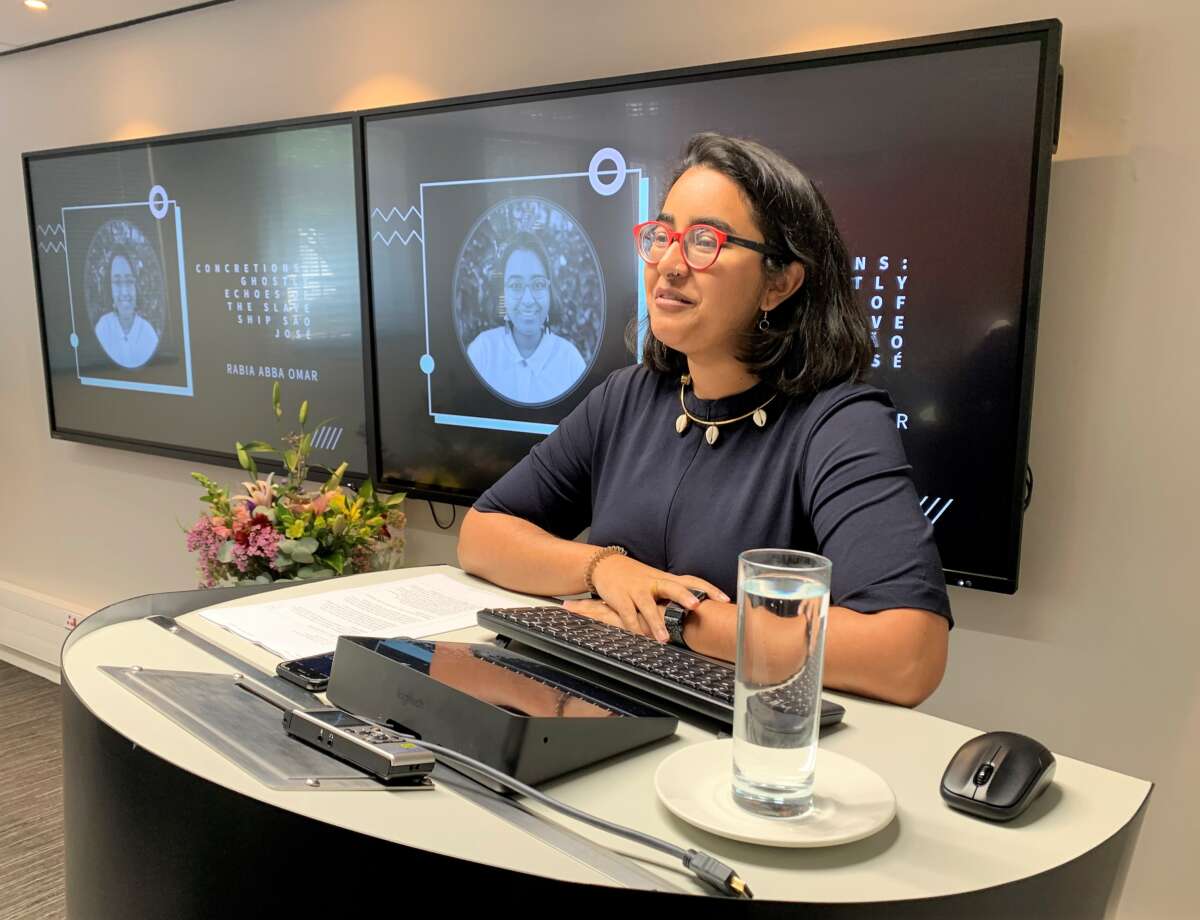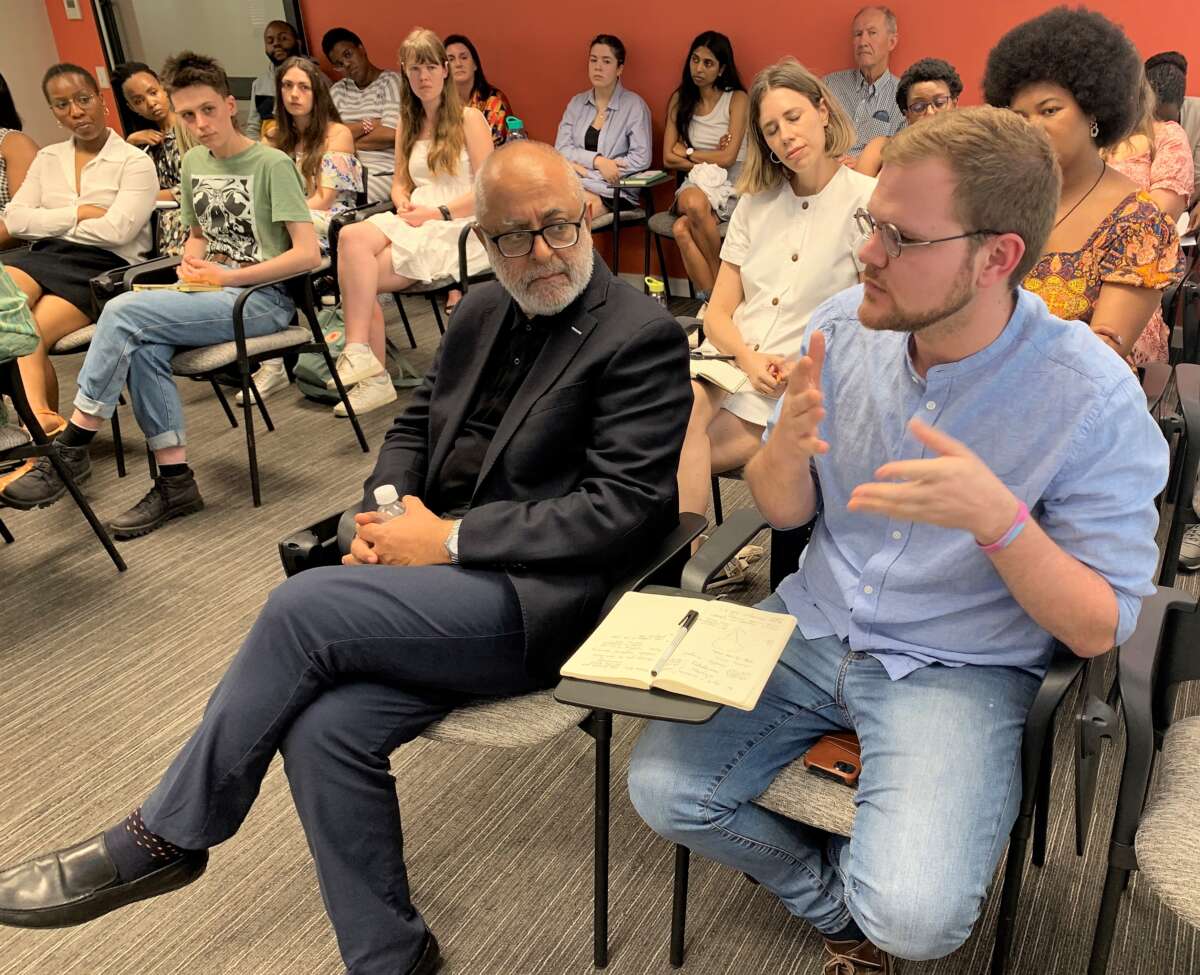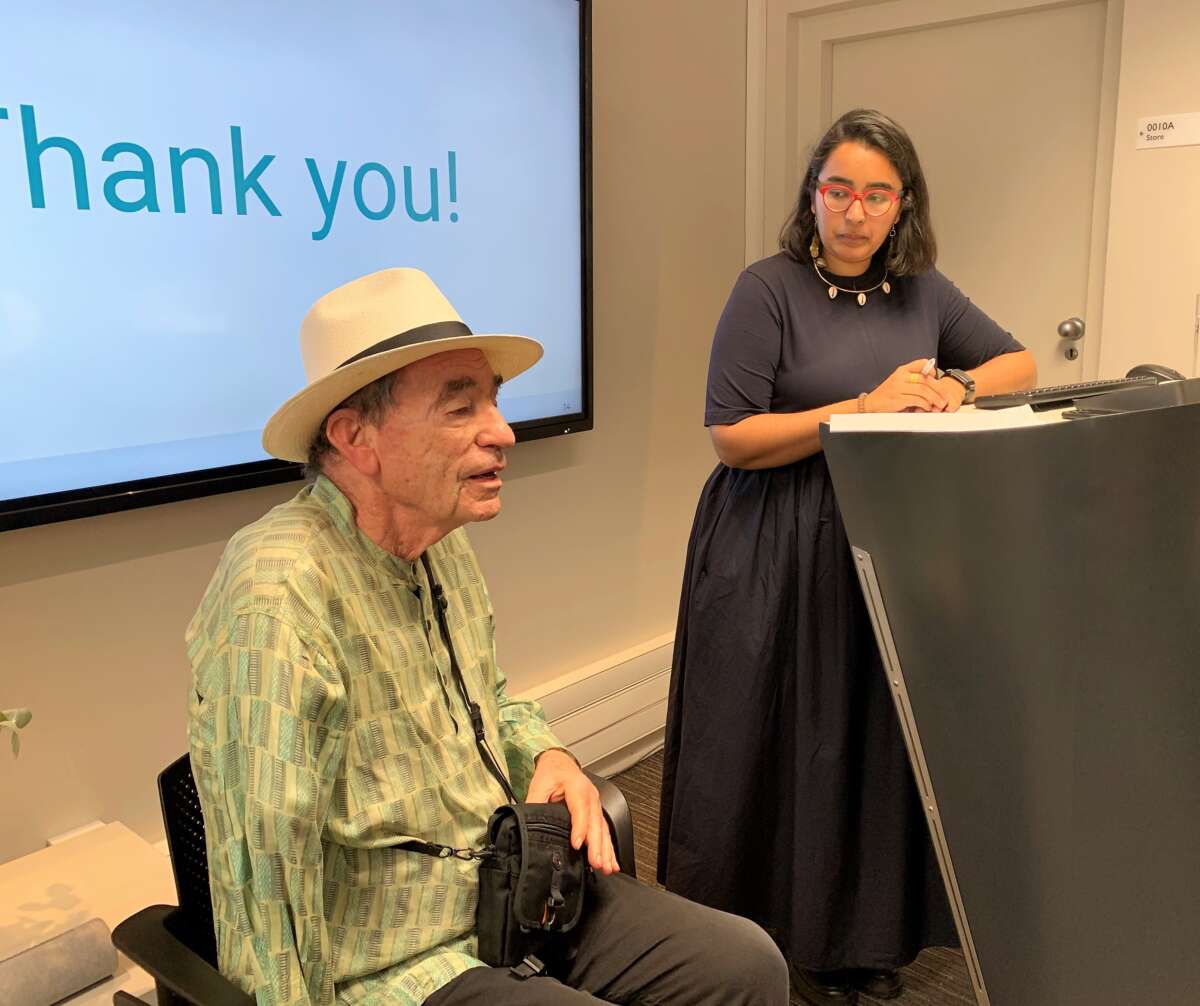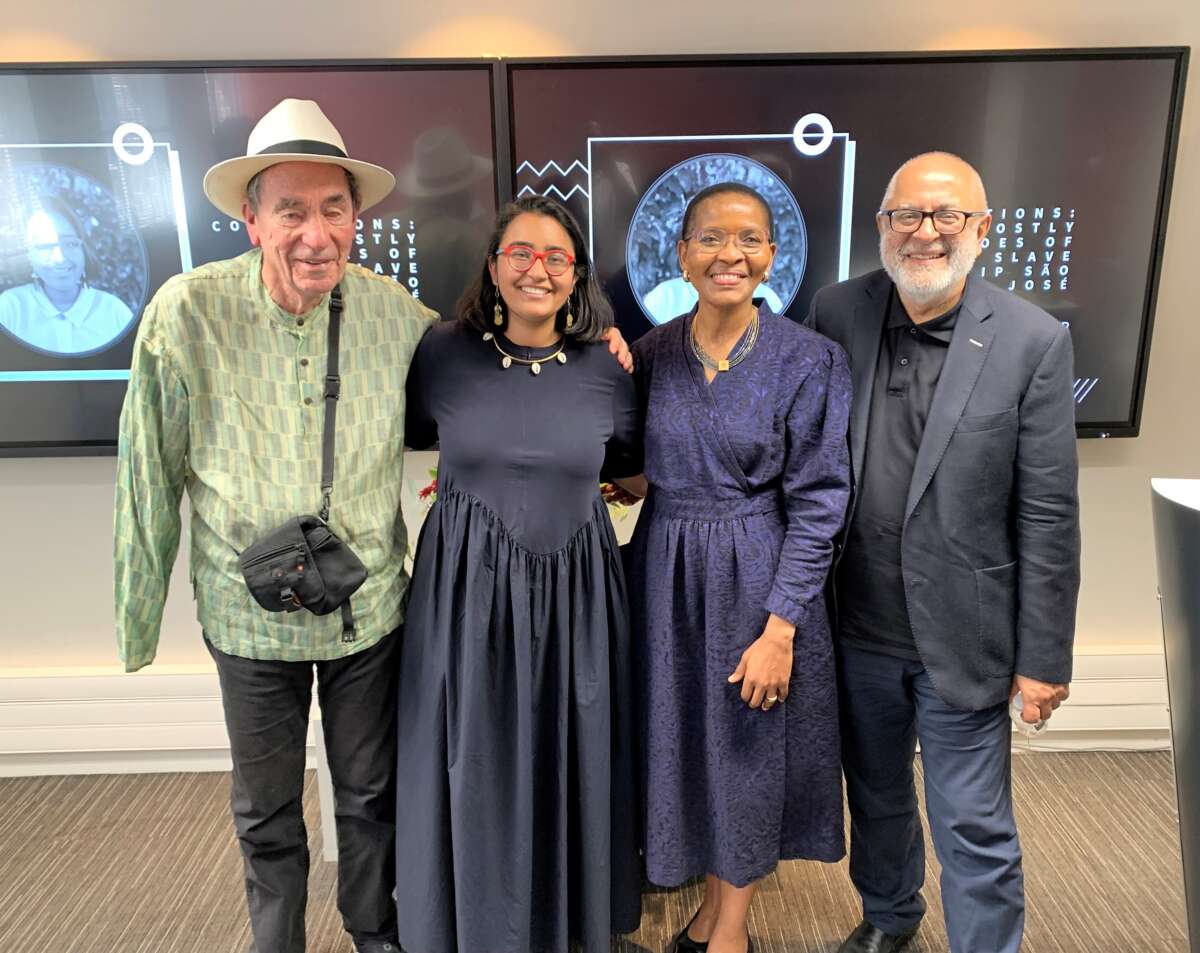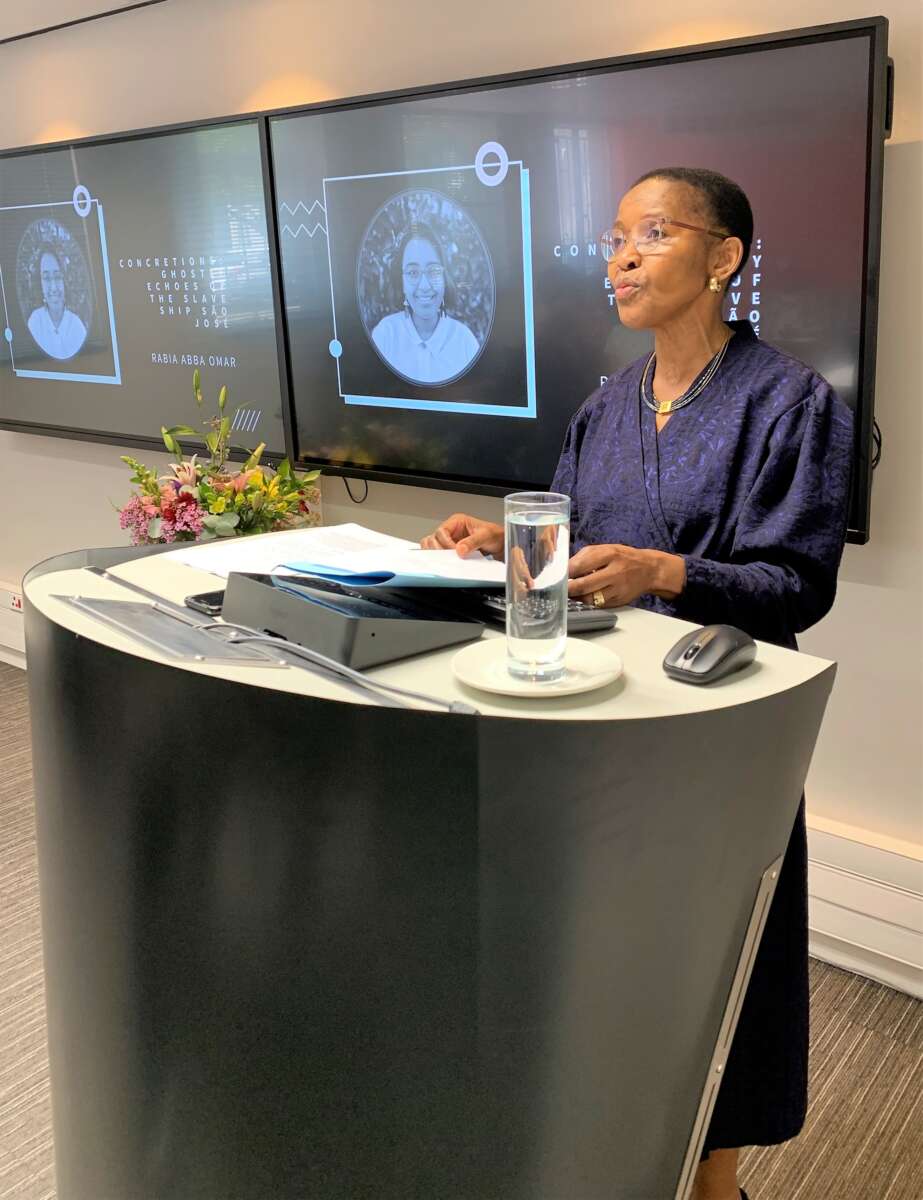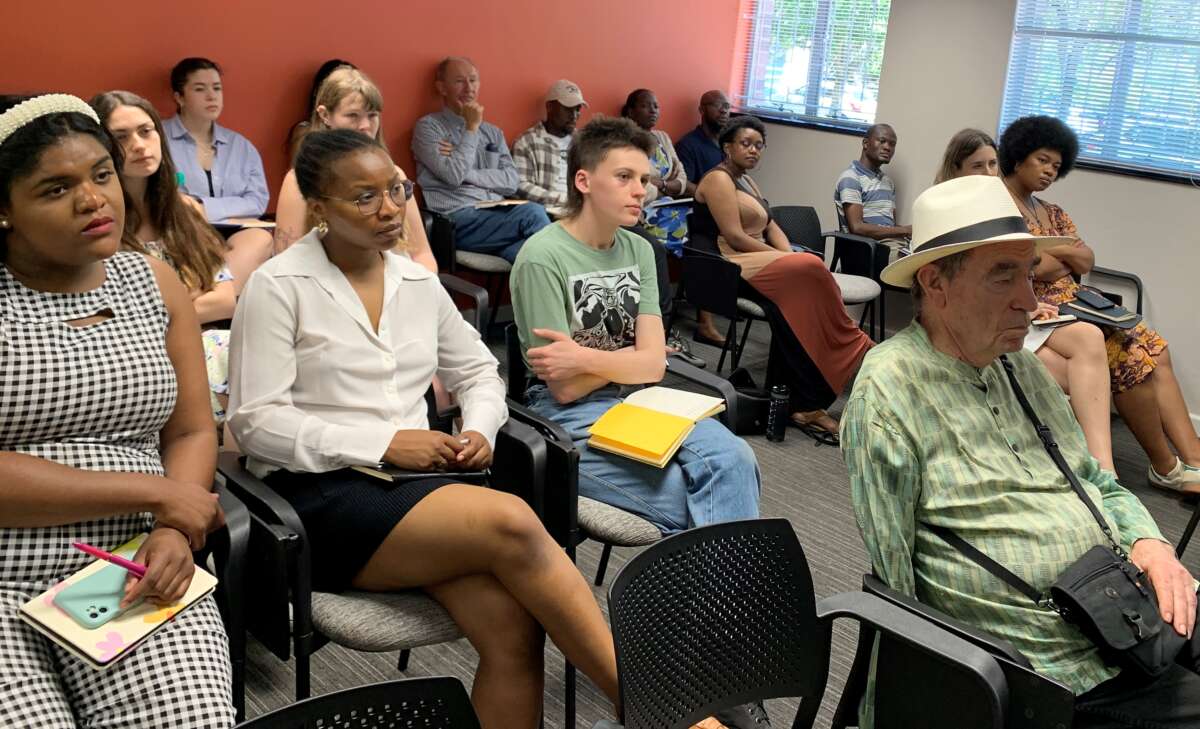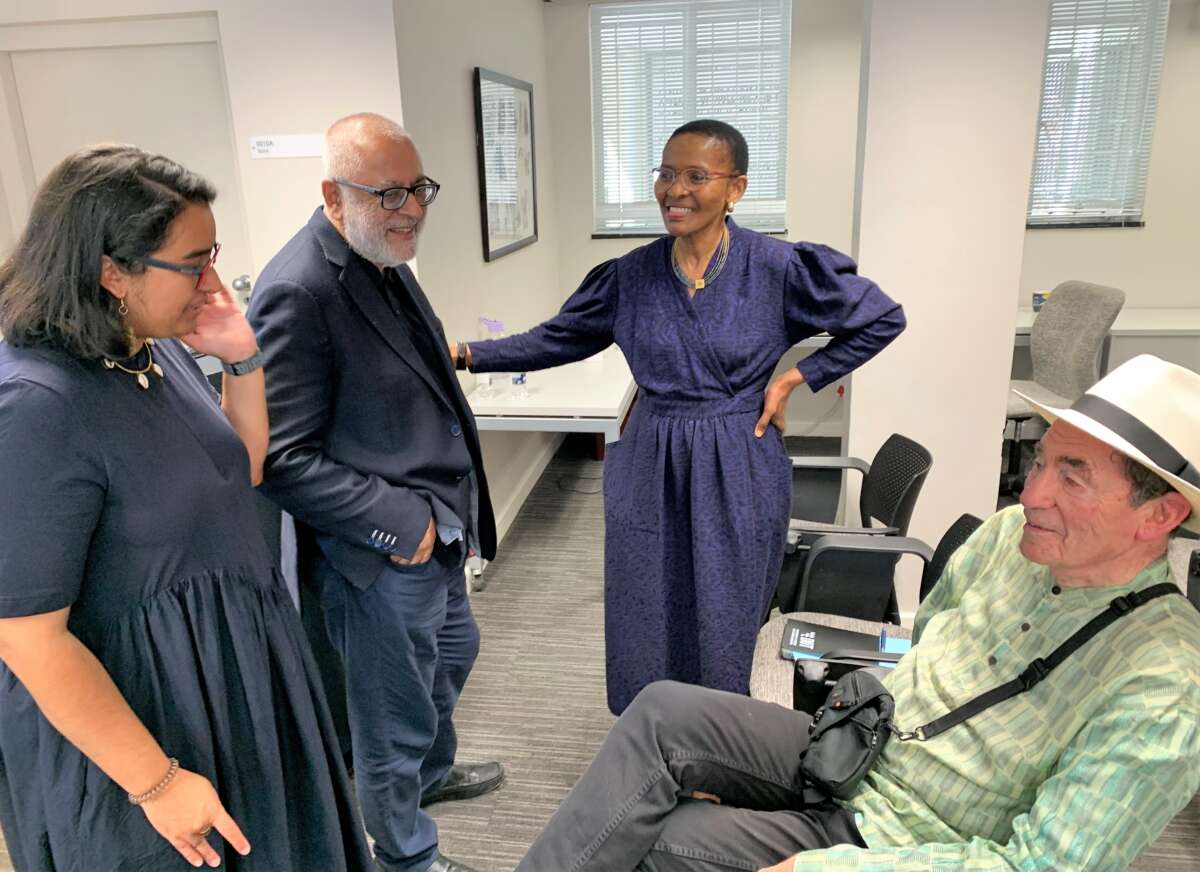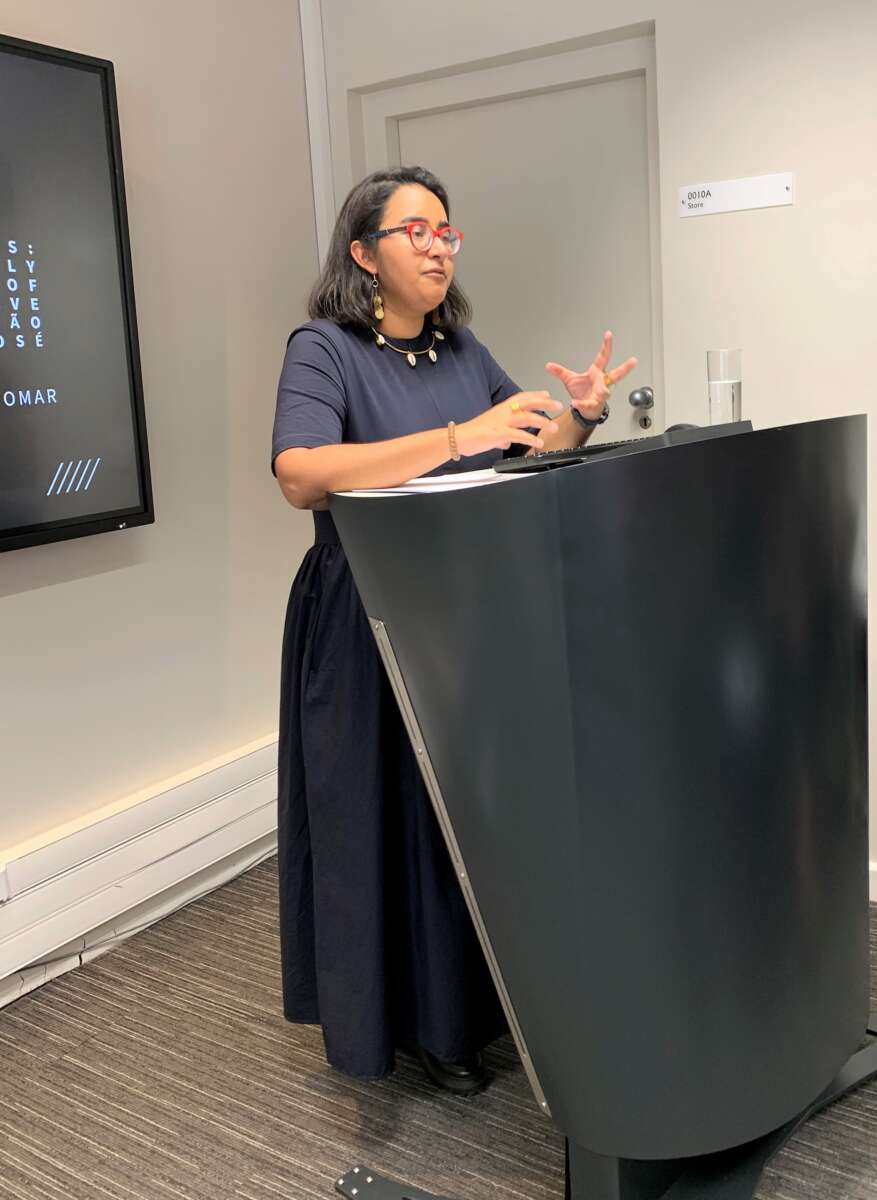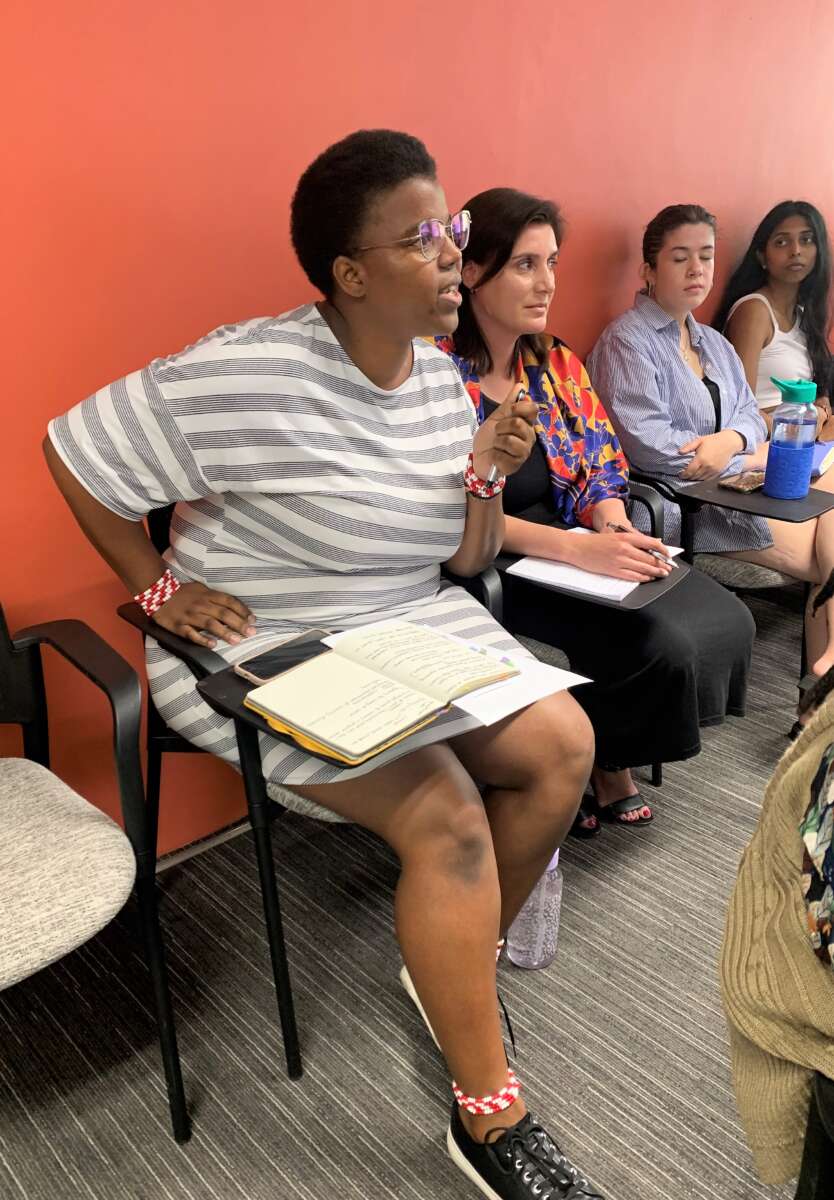Presenter: Rabia Abba Omar
In this student presentation, Rabia spoke about her research on the slave ship São José, expanded and developed upon through the AVReQ reading group sessions. This paper was recently presented at the South African Visual Arts Historians conference at DUT and is based on a section of Rabia’s MA Research Report completed while I was at Wits.
On 27 December 1794, the São José Paquete d’Africa wrecked just off the shores of Cape Town. Battling the rough winds, high swells and stuck between two reefs, the crew set about to rescue the 512 enslaved people held in the ship’s hold. Despite this 212 enslaved people succumbed as the ship broke into pieces. This paper looks at the ghostly echoes of the concreted shackles found on the São José wreck site. It uses the stone-like concretions of the shackles to explore how we can begin to consider human and more than human assemblages that lie below the waterline and how we can use these to think about their hard and violent histories and the legacies, and objects, that remain with us.
Former ConCourt Judge and anti-apartheid activist lawyer, Justice Albie Sachs also joined us for this event. What was special about a visit from Justice Sachs this time around is the fact that the São José slave ship was discovered in front of his home in the oceans of Clifton/Camps Bay Beach. In 2015, Justice Sachs also hosted a special event at his home to commemorate the enslaved people that died in the shipwreck.
